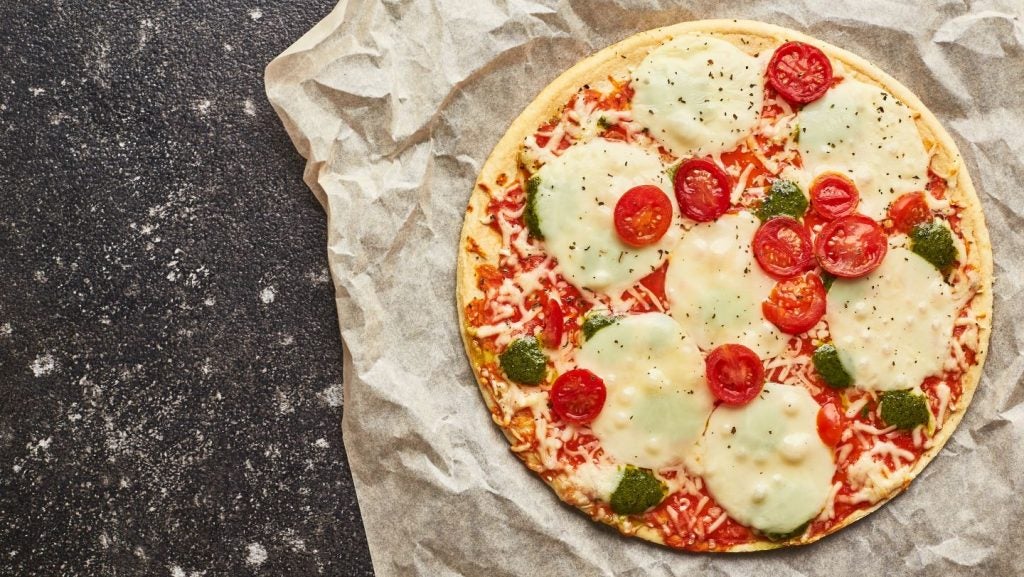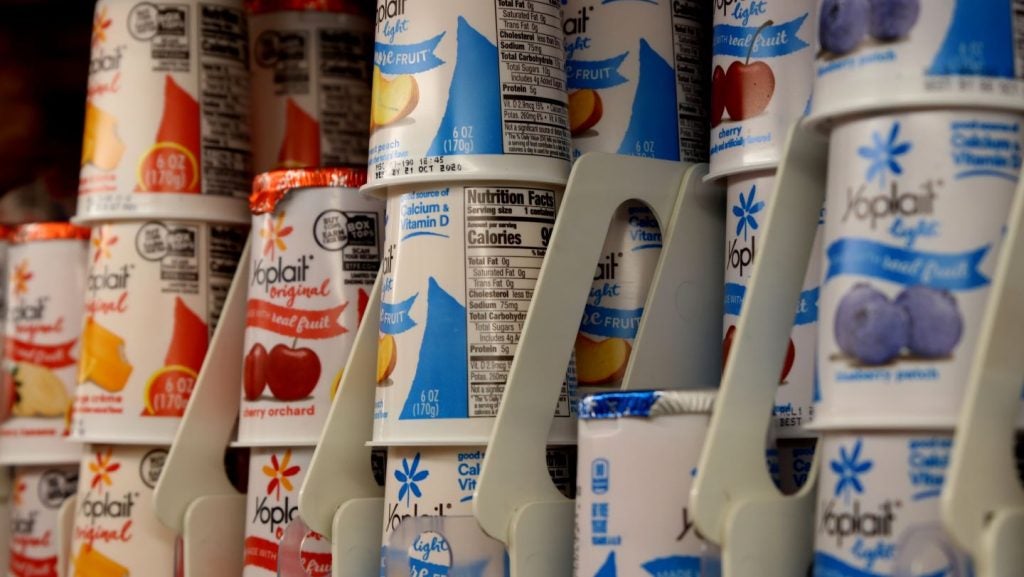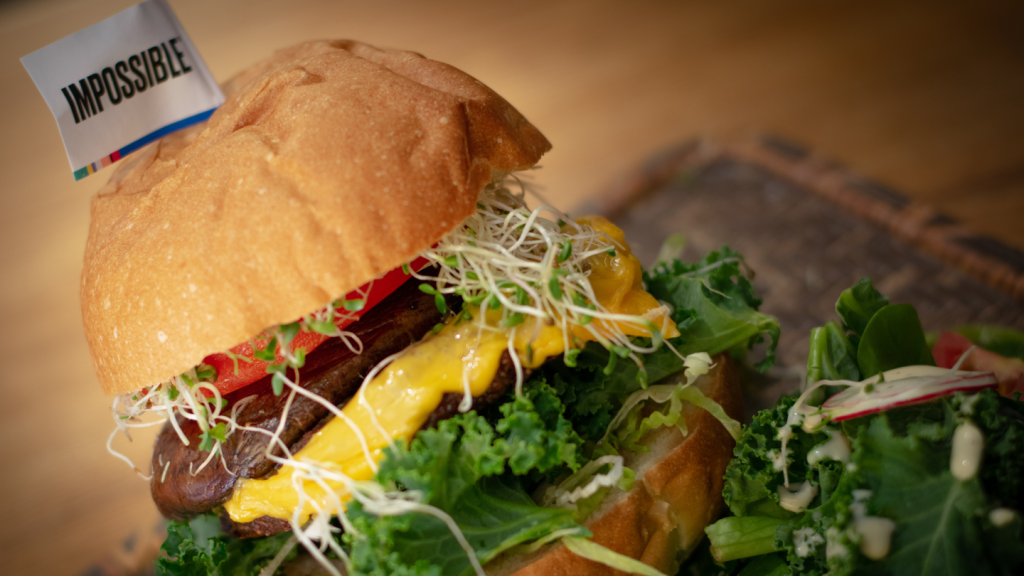With a stable of leading brands in the Nordics, Orkla is a regional powerhouse. However, a lack of focus has resulted in a sluggish performance from its food business for a number of years. CEO Age Korsvold intends to reverse this trend and has set out an ambitious plan that he believes will drive top-line growth and improved profitability. Katy Askew found out more.
Norwegian food giant Orkla benefits from leading brands in the categories and markets in which it operates. The maker of Grandiosa pizza, Felix ketchup and Stratos confectionery is the largest branded consumer goods company in the Nordics. Within the region, the company generates higher sales than either local or multinational competitors.
However, CEO Age Korsvold tells just-food, the consumer goods business has “under performed” for successive years. That assessment prompted Orkla to increase its focus on consumer goods and the company is working to shed its conglomerate status by selling off its non-core assets.
As the group ups its focus on the food side of its business, Orkla has set out an ambitious set of financial targets. “I think in order to protect your position you need to be aggressive and ambitious,” Korsvold explains.
The company has divided its business into five units: foods; confectionery and snacks; home and personal care; ingredients; and international. It believes it can drive organic revenue growth of 2-3% at its foods unit, reversing a drop in the first half of 2013 of 1.1%. Likewise, Orkla plans to regain momentum at its confectionery unit, where the company aims to deliver organic growth of 3-4%, up from a first-half decline of 3.6%.
At the same time, Orkla intends to grow its EBIT margin. At its food unit, Orkla hopes to raise its adjusted EBIT margin from 13.9% in the first half of this year to 15%. In confectionery and snacks, the group wants to expand its EBIT margin from 15.4% to 16.5%.
How well do you really know your competitors?
Access the most comprehensive Company Profiles on the market, powered by GlobalData. Save hours of research. Gain competitive edge.

Thank you!
Your download email will arrive shortly
Not ready to buy yet? Download a free sample
We are confident about the unique quality of our Company Profiles. However, we want you to make the most beneficial decision for your business, so we offer a free sample that you can download by submitting the below form
By GlobalDataKorsvold concedes there are no quick fixes. Achieving these targets will be, he says, a “gradual process” the company hopes to achieve by 2016. “We need a three-year period to rev up our performance,” he suggests.
Orkla believes it can generate organic sales growth by renewing its focus on innovation. “We own some of the best and most loved brands in our markets. But you have to innovate, you have to expand, you have to work actively with the brands in order to maintain that position in the market place,” Korsvold says at Orkla’s London investor conference in September.
According to Korsvold’s assessment, in the past, the decentralised nature of the business and its innovation teams has been one of the factors holding back Orkla’s performance.
“Part of the issue for us has been that it is so decentralised. You need to centralise in silos. You need to use your strength to share experiences. Even the people who work on hair shampoo can learn something from the people that do pizza and the other way round. Generally I think in training, in exchanging views and also in moving people around, rotation, a centralised centre has benefits.”
The company has rationalised and restructured its business and part of this process has seen Orkla reassess how its innovation teams work. Despite the five FMCG units, its innovation capabilities have been centralised.
“Our innovation teams inside Orkla today are twice as big as before we did the restructuring. There are more resources available, which mean better skills and scale. We have established a centralised team… [to] share insights and experience across business units,” Korsvold says.
Orkla’s innovation efforts are focused on taste and nutrition, packaging and design, as well as quality and food safety.
The company intends to create consumer excitement around its well-known brands through innovation and other brand building activities, such as increased advertising. It will also invest in pricing to ensure its price points remain competitive, Korsvold tells just-food.
At the same time, Orkla intends to strengthen its in-store execution and relationship with the retail trade. “We need to drive category growth together with the trade. It is in our interest, it is also in their interest. We need to focus on all processes, all [the] value-creation in the interaction between us as suppliers and the trade,” Korsvold observes.
In order to fund these initiatives, maintain its competitive position and drive EBIT margin growth, Orkla has embarked on a comprehensive cost-cutting programme.
“I think that we talk a lot about innovation and growth. There is also a very strong message that we will extract costs. We will be much more cost effective. And that cost effectiveness will be transformed into more competitive positions. The resources you release you can invest in campaigns and advertising, price points – it is the whole array of tools available to you.”
The split between improving margins and reinvesting is a “balancing act”, Korsvold suggests. “If I should use the rule of thumb it’s 50-50. The aim is to have a 50-50 split. Fifty per cent goes to the bottom line, 50% goes to improve our competitive position.”
While Korsvold says Orkla “will never be as effective as the multinationals” in terms of margin, he recognises it is essential for the company to close the gap. “There is obviously a maximum difference between their performance and our performance.”
The company has announced saving opportunities of NOK400-500m (US$64.4-80.4m). As the group integrates last year’s acquisition of Norway-based food group Rieber & Son, it expects to generate synergies of NOK250-300m. The impact of continuous improvements will be “at least” NOK150m a year, Korsvold adds.
However, he tells just-food, it is “too early” to provide a total savings goal. “In food, we need to integrate Rieber first and then move to the next phase. Confectionery and snacks estimates cost savings of about NOK300m in total by 2016. That is for them a big number and I think it indicates in food, relative to size, it should be a similar sort of effect.”
Opportunities of savings include centralised procurement and a simplification of Orkla’s manufacturing footprint.
“We are purchasing to the tune of NOK18bn a year. In 2014, 54% of the purchasing will be done centrally. That will have an effect in that year of about NOK400m. We expect that the savings will increase from 1.9% to 2.5% of the purchasing platform as we go forward.”
Orkla also intends to cut the number of SKUs “as part of the ability to invest more in the strongest brands” and to “increase the ability to reduce the number of plants and streamline the manufacturing imprint”, Korsvold says.
“It is a gradual process. As you take out SKUs you need to fill out that sales volume from your stronger brands… you look at the multinationals – you see the process has been going on for years and it just keeps going.”
As Orkla looks to build top-line momentum, the company is also on the hunt for acquisitions. The increased focus on Orkla’s branded consumer business sees the group selling off a wide array of non-core business in areas including energy, real estate and finance. As this process progresses, Orkla will be left with a considerable war chest. In particular, Orkla is seeking “add-ons inside the current categories”, Korsvold says.
“We will do very small acquisitions and we will do relatively large acquisitions. It depends on what is available. The focus will be on the Nordics and Baltics. The categories could be wider. They could be new categories or they could be adjacent categories. In principle there are no restrictions in categories.”
Orkla views itself as a “strong consolidator” in its key Nordic and Baltic markets. However, as the company slims down, it becomes a more digestible size and could itself become a takeover target. Certainly, its stable of leading brands could prove a tempting prize for the multinational companies with which Orkla competes.
Korsvold is ambiguous over whether he could see Orkla becoming part of a larger global company. “I think, we will manage our consumer business. Whether consolitation goes on, whether there is global consolidation, it is not for me to speculate. If it is a short answer, it is the politically correct answer.”
For details of Orkla’s transformation into a branded consumer company view part one of the just-food interview.







